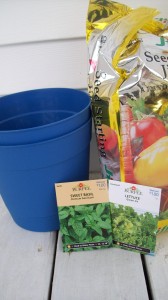
If you have a deck, porch or even a window sill, you can have a garden. Container gardening can be a great way to start gardening, try something new, out wit predators, or bring kids into gardening.
Having a garden, even a modest one, will bring beautiful food to your table and a sense of satisfaction. With food prices on the rise, every garden can help to put healthy food on the table and more money in your wallet.
Location, Location, Location
Vegetable plants need lots of sun – at least six hours of sun per day. Check the location that you planning to put the container in and get out your watch. Watch when those sunny rays first hit the spot, subtract any shade time when buildings or trees block the view, and then stop timing when the sun slips off your spot. If it isn’t six hours, plan to move your container to a sunnier spot.
You want to be able tend your garden, so place it in a spot that is accessible to you and to water. It may seem fun in the spring to pull out the dainty watering can, but when you have to water twice a day in the heat of August, it many not be quite so much fun.
Containers
You can use any sort of container for your garden from a fancy window box to a five gallon bucket. There are two things to keep in mind when choosing your container. You need to have water drainage available so if it doesn’t have drainage holes in the bottom, put some in. Also, plan to put in plants that match the size of the container. If you have a large container, plant large vegetables; if you have a small container, plant small.
Preparing Your Container
Before you put soil in your container, put rocks or stones in the bottom to aid in drainage. If your container is open to the rain, you run the risk of it filling up during a heavy storm if you don’t have good drainage. This can drown your plants and wash away vital nutrients.
The soil you choose is also important. Using regular garden soil can add weed seeds to your container. On the other hand, the cost is low and it is easy to add compost to the soil before you put it in your container.
Add the soil, which ever you choose, to the container in the container’s final location. Once the soil and plants are added, many containers become far heavier than you might expect.
Seeds Versus Plants
There are benefits to both. Seeds are inexpensive to start with and you can get the exact variety you want from all the different sources. You can choose to go with Heirloom Seeds so that you can save seeds for next year.
Starting with nursery plants helps you get going quickly and is a terrific option to choose if you are late to plant your garden or if you need immediate gratificiation.
With kids, starting with both can help them get really excited about their garden. On fun way to do this is to plant a tomato plant (either stared from seeds indoors or purchased from a nursery) in the center and plant basil or lettuce seeds around the edges. If you use basil seeds, they love to be watered with warm water.
What To Plant
Tomatoes, peas, beans, and all sorts of herbs make for great container gardens. Don’t over look a salad garden with lettuce, chives, and even cucumbers growing up a small trellis. Carrots will also do well in a container garden, just make sure it is a fairly deep container or you choose smaller round varieties. Don’t over look plants like peppers and eggplant – both have varieties that work well in a container.
Check with your local nursery for suggestions of specific varieties that work well in a container in your area. They are often a wealth of knowledge and expertise.
Fertilizer
The soil in a container is going to loose nutrients quickly so plan on fertilizing frequently. If you use a commercial fertilizer – either organic or not – read the label for directions. Most will tell you how often to add their product to a container garden. If you are going to use compost, plan on adding compost when you first put the plants and seeds in, when you see the first tomato flower (or other flower) and when the fruit begins to form.
Watering
While it seems like it would be hard to over water a container plant since it has holes in the bottom, it does happen. Expect to water frequently during the heat of the summer. Just stick your finger into the soil and inch or so and feel the soil. If it is dry, plan to water. If your plant looks droopy or the leaves are turning brown, water. On the other hand, if your leaves are turning yellow, that means you are either over watering or under-fertilizing.
Harvesting
A container garden can give very high yields of vegetables and can often do so earlier than their garden-planted cousins. The soil in a container heats up faster than the garden soil.
Regardless of what you plant or where you place it, container gardens are an excellent way to expand your gardening skills and your harvest. Container gardens also had beauty to our landscape and our dinner tables.



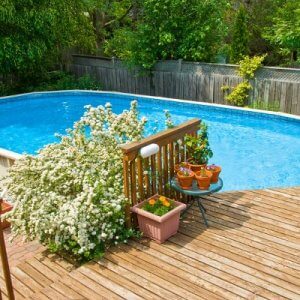
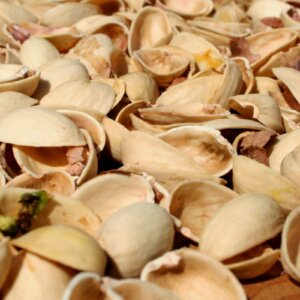

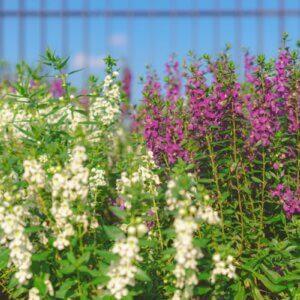
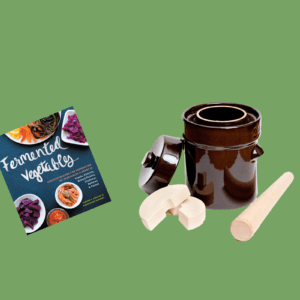
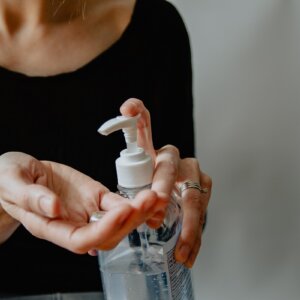
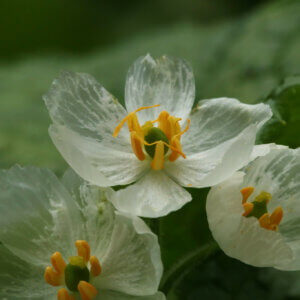
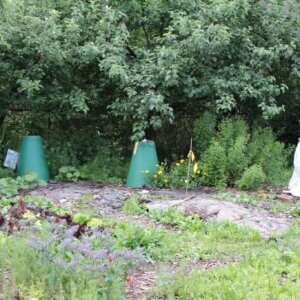
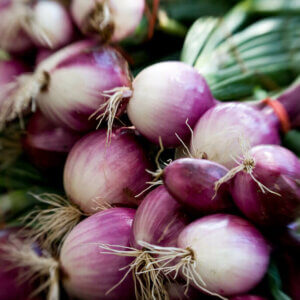
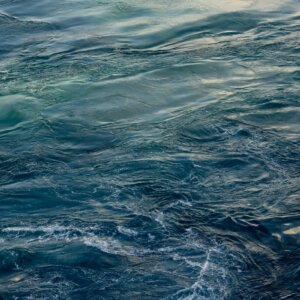
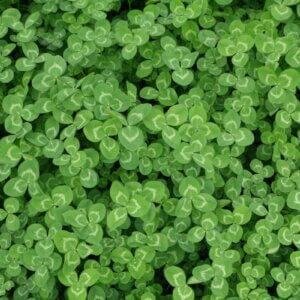
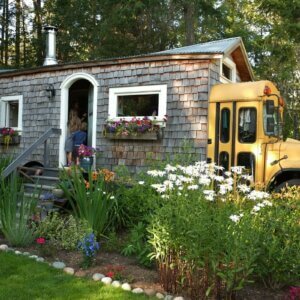

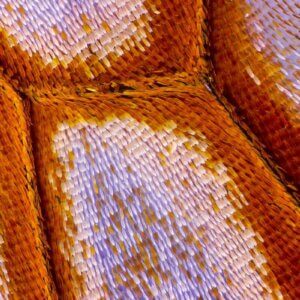
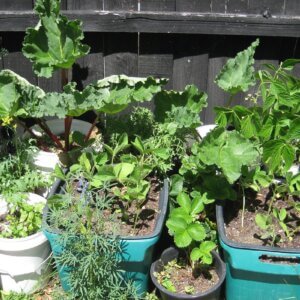
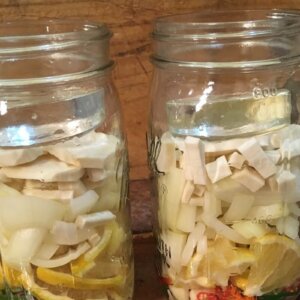
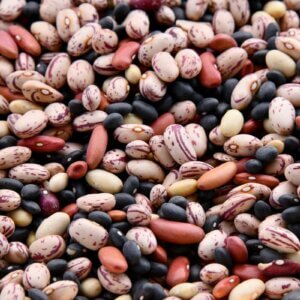
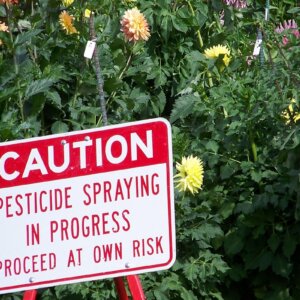
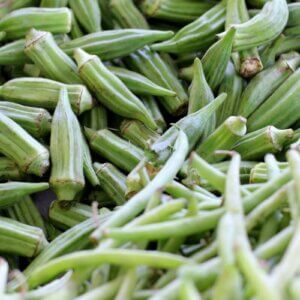
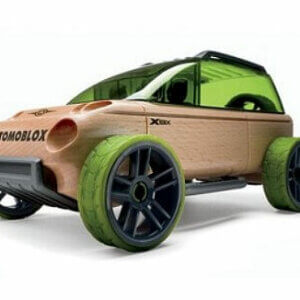
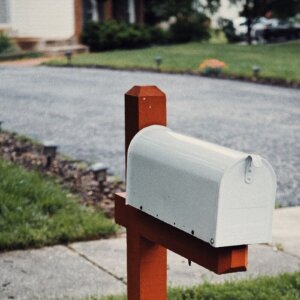
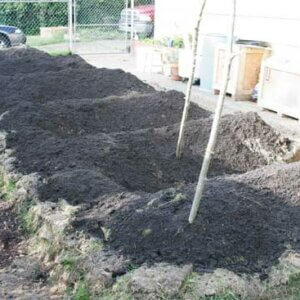
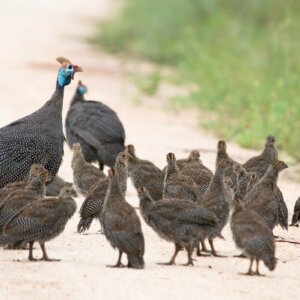
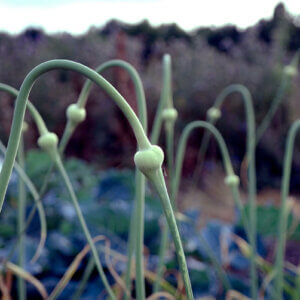
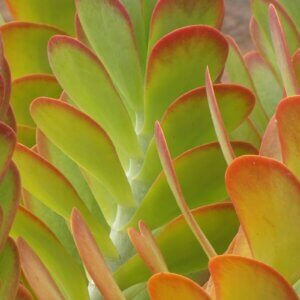
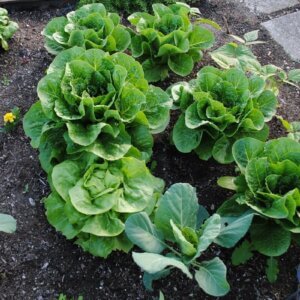
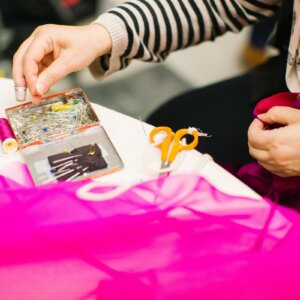
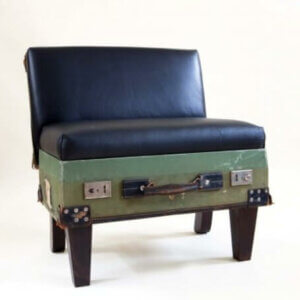
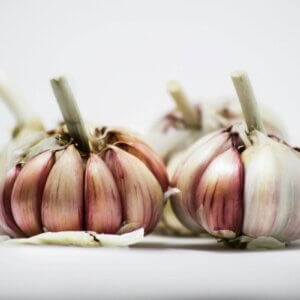
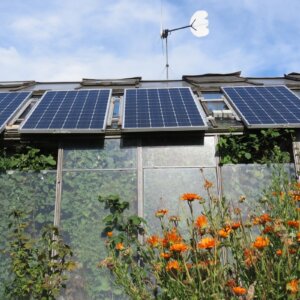


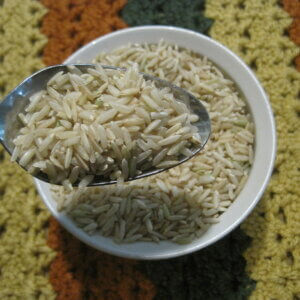
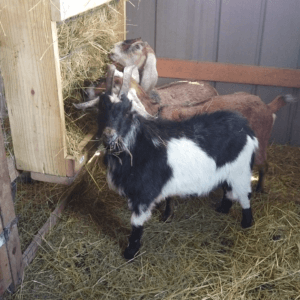
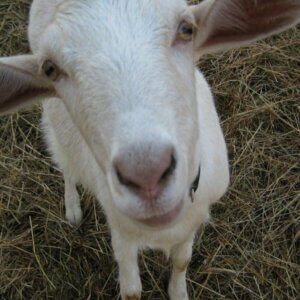

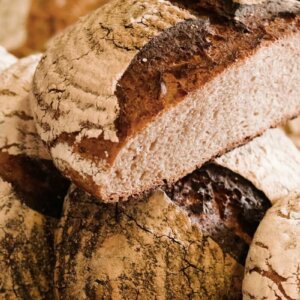
Hi there all, here every one is sharing these kinds of experience, so it’s nice to read this website, and I used to visit this webpage every day.